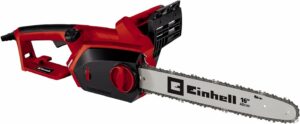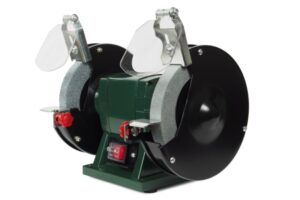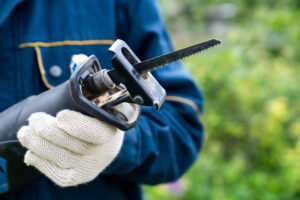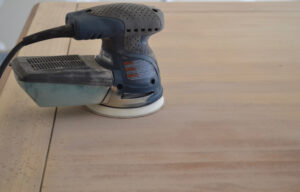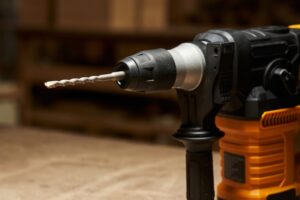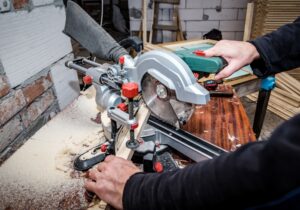When it comes to sanding, choosing the right tool can make a significant difference in the outcome of your project.
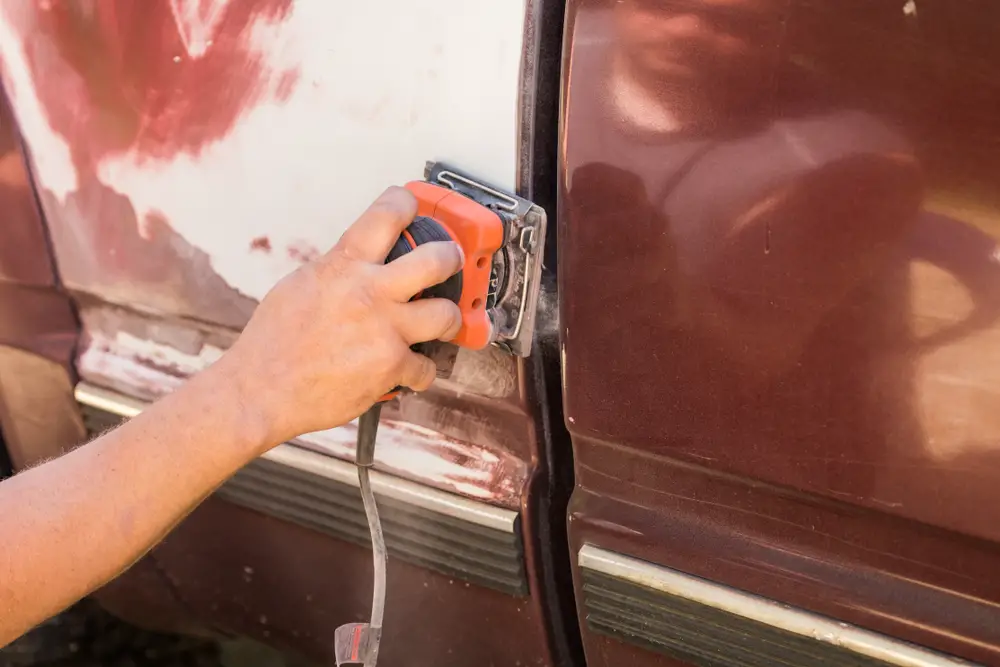
The palm sander, also known as a sheet or ¼ sheet sander, is an excellent option for those less experienced with sanding. In this guide, we’ll delve into the features and applications of the palm sander to help you determine if it’s the best fit for your needs.
Features of a Palm Sander:
The palm sander is characterized by its user-friendly design, offering ease of control with the ability to move in any direction. Equipped with a square pad that moves in small orbits, this sander excels in creating ultra-smooth finishes. Noteworthy is its proficiency in handling corners and finishing tasks, making it an ideal choice for certain projects. Additionally, the palm sander is budget-friendly, lightweight, and operates quietly.
Palm Sander Applications:
- Finishes:
The palm sander, using a quarter of a standard 9×11″ sandpaper sheet in the 160 to 220 grit range, is perfect for light finishing jobs. It excels at smoothing finished woodwork that won’t be painted, providing a fine and polished surface. - Edges and Corners:
Thanks to its compact design, the palm sander effectively sands edges and corners, a feature not common in all sanders. This makes it an attractive option for precision work. - Removing Paint:
The palm sander is adept at removing paint from surfaces like plywood. A model with a piercing plate for dust collection is recommended for this purpose.
What the Palm Sander is Not Ideal For:
While the palm sander is versatile for many tasks, it’s not suitable for heavy-duty jobs like removing stubborn rust. Applying excessive pressure or pushing the sander into the workpiece can damage it, leading to worn-out pads.
Palm Sander vs. Random Orbital Sander:
For larger surface areas and diverse tasks, the random orbital sander is recommended over the palm sander. The orbital sander is designed for broader, flatter surfaces and is more versatile for various applications. Here’s a quick comparison:
| Feature | Random Orbital Sander | Palm Sander (Sheet Sander) |
|---|---|---|
| Head Shape | Round | Rectangular |
| Sanding Material | Standard circular sheet, Velcro attached | Quarter of a standard 9×11” sheet |
| Sheet Size | 5 inches and 6 inches sheet | A quarter of a standard 9×11” sheet |
| Motion | Circular and orbiting motion | Orbiting motion |
| Uses | Smoothen rough surfaces, remove paint and finishes | Light-duty finishing work |
| Price | Moderate | Cheap |
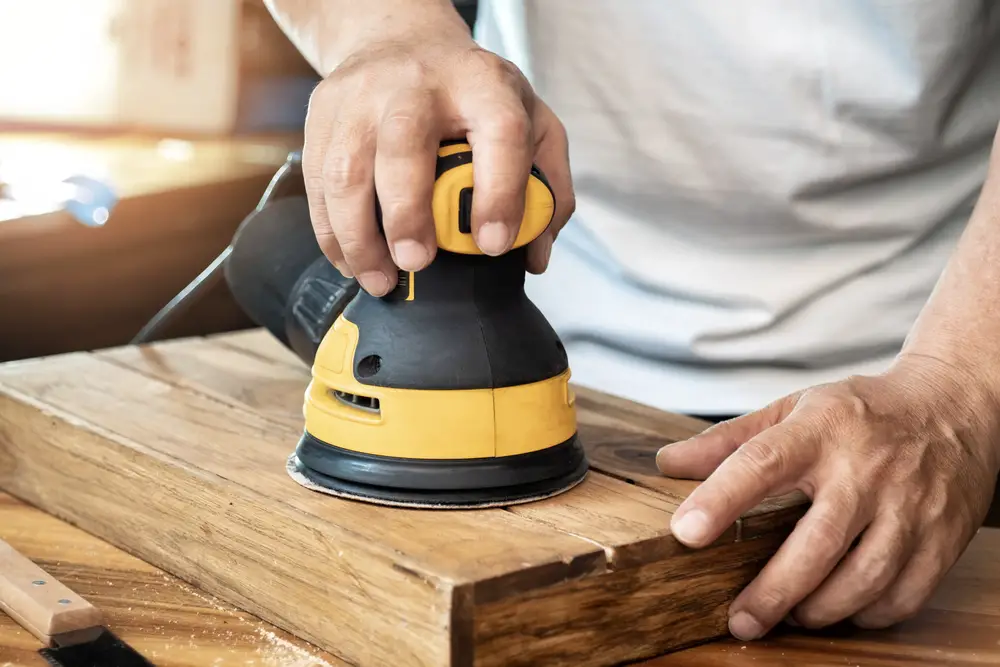
Conclusion:
Choosing between a palm sander and a random orbital sander depends on the scope and nature of your project. If you’re focusing on corners and finishing, the palm sander is an excellent choice. However, for versatility and larger tasks, the random orbital sander may be more suitable. Assess your project requirements to determine which tool aligns best with your needs.
- Drill Battery Maintenance: Essential Tips for Cordless Drill Battery Care - February 5, 2024
- Troubleshooting Drill Issues - February 5, 2024
- Quick Drilling Techniques - February 2, 2024

